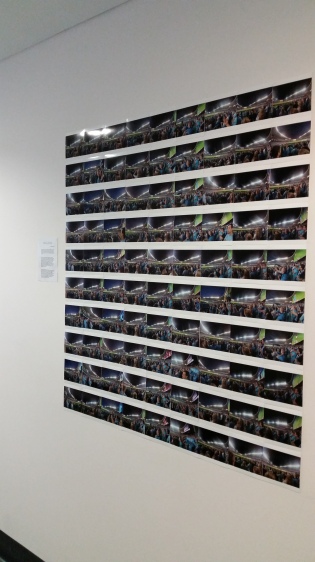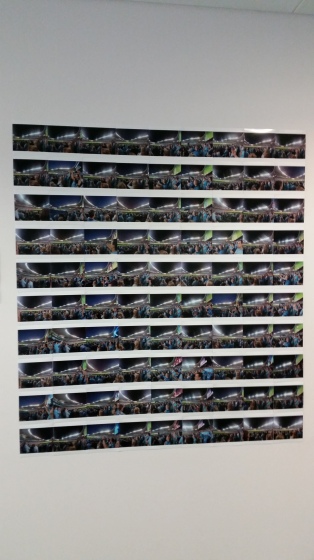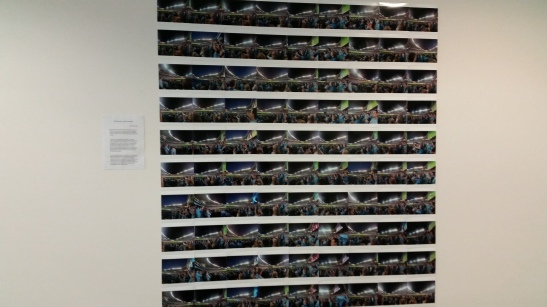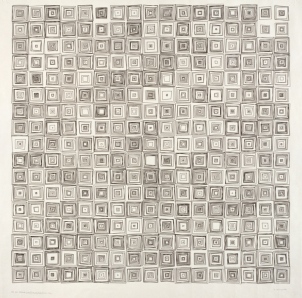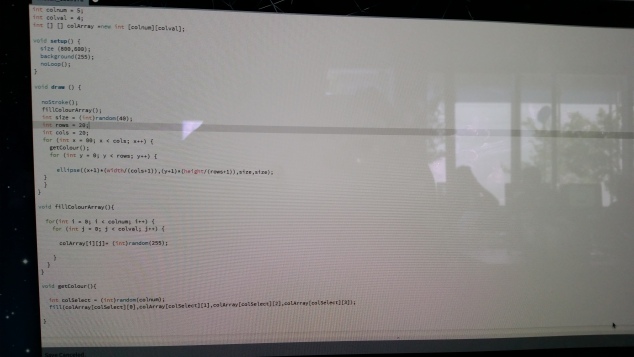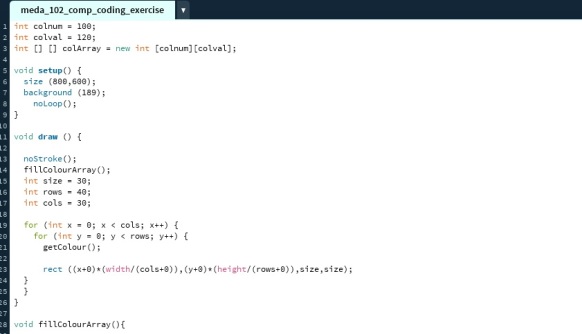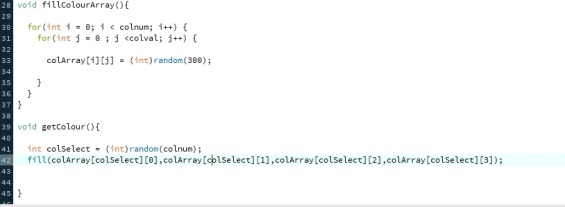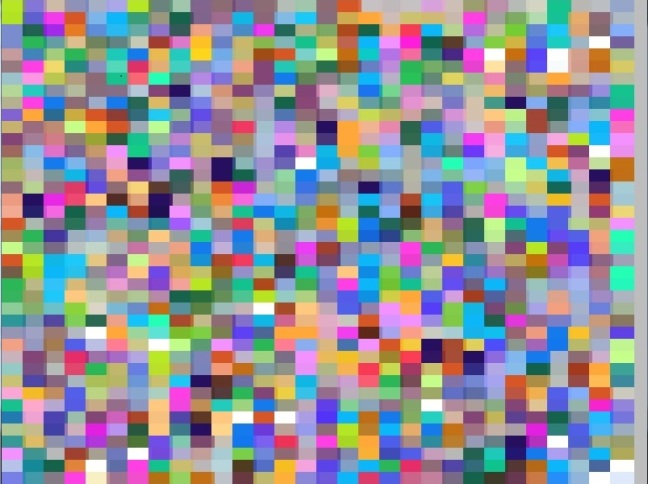Zac’s digital artifact has been created out of his desire and passion to invest the time in creating his own clothing brand. What he has created is a new hip local clothing brand straight out of the southern beaches of Sydney. Thanks to the boom which is currently happening in the development of independent online clothing brands, Zac has cashed in on this with his own brand – established from his own story of being born and bred in the Sutherland Shire.
Aims
Zac’s aims were purely to fulfill a passion of his and by doing so, create a clothing line. Essentially this aim was achieved. Through pineapparelshop.com Zac now has a fully functioning online shop where potential customers can have a look through his designs and purchase some of the clothing he has created himself. Pine Apparel for Zac was going to be a space where he could portray his passions and ideas through not just his clothing designs but also through the content he produces on the website in ‘The Blog’ section where associations are drawn with the Pine Apparel brand.
Having known Zac for some time now along with the project discussions we’ve had in class, I have come to understand that this is something Zac was thinking about for a while now. Through this project Zac wanted to take the opportunity to start his own independent brand and that goal has stayed true throughout the entire process. This was to be the starting point for Zac and his Pine Apparel brand and now this has been achieved the process to establish Pine Apparel can continue.
Trajectory
The path which has been taken with Pine Apparel is still very much in its infancy. This is just the beginning for Zac’s new brand. As I mentioned above, this has been a goal of Zac’s for some time now and I don’t think this will be where it ends for Pine Apparel. The room for improvement and development is endless. In comparison to some of the other artefacts in our class, this one has the potential to be the beginning of something far greater. What Zac has created and shown to us so far is just a beta form of his online shop. The content produced on the website is limited at this point and the shirt designs are just some of the beginning of Zac’s works. The potential for future continuation past this subject is evident. Pine Apparel is definitely sustainable beyond DIGC302. It will be sustainable providing that Zac continues to work on what he has already created with the hope to turn this passion into something he can successfully run and generate a reward for the efforts he has put into the clothing brand.
A proper launch has not even been conducted yet so the possibilities of what could be are endless.
Concepts
While some other people’s artefacts might addressing some discussion areas or ideas, Zac isn’t essentially doing that. What Zac wanted to do was use this as the initial step in creating an independently owned and locally run clothing and lifestyle brand. The idea behind Pine Apparel, was that it was to be linked with youth culture and suburban street wear. Based out of southern beaches of Sydney, Zac’s Pine Apparel intends to produce quality clothing for everyday wear to match the culture of Sydney’s south – a culture of surf, skating and the Sunday morning coffee lifestyle. Essentially matching the lifestyle of many university students. Through ‘The Blog’, this as well has been utilized to match the brand with some of the flavours which are prominent in youth culture, thus highlighting the appeal that Pine Apparel will have to that particular market.
Methodology
Other than pursuing a personal goal of his own to create an independent brand and have an online catalog of clothing, Zac had to undertake a process before this beta could be put together. I’m sure Zac would have used previous primary research to put together Pine Apparel and it’s online shop. From what we saw though was that through the use of his class mates, qualitative research was conducted to see what other students of a similar age and who were both female and male answered to questions surrounding;
- Are you male or female?
- Have you bought clothing online before?
- Do you prefer large graphic prints or more white space?
- Are you more inclined to by in store even if it is cheaper online?
- How much do you think is a reasonable postage price?
- What social media platform do you find most useful to communicate with brands?
While this research was only used with a small sample and only a few questions, it was enough for Zac to get an idea of what beliefs students in his target market held in regards to clothing brands who operate primarily online.
On top of this research, Zac made mention in his presentation of other critical steps in his methodology. These included setting up the website through Squarespace, as per the advice through another student in our class, after he was not satisfied with the online shop he was creating through Big Cartel. Getting a domain through GoDaddy, obtaining quality AS Colour t-shirts for printing and a local printing place to produce Pine Apparel products, all were mentioned as part of the process to come to this current stage.
Presentation feedback and suggestions to improve
I think that Zac has made positive start in setting up his online shop. Firstly, I personally like the logo, the look of the brand and his t-shirt designs. The graphic prints he has made so far are fairly plain and simple but most importantly showcase the logo and the name of Pine Apparel. The simplicity in the designs are appealing and by having the tees made with AS Colour t-shirts, those who purchase from Pine Apparel are ensured they are getting a quality product to wear.
As I mentioned above there are many possibilities for Zac to explore with the brand. This can come in the form of products he offers. I know from my discussions with Zac that on his agenda is making tank tops as well caps. There is a range of products Zac can explore in adding to his Pine Apparel collection, as well as the introduction of a female product line.
Secondly, ‘The Blog’ section is a great addition to the website. ‘The Blog’ adds another dimension to the Pine Apparel brand. It showcases that Zac isn’t not just trying to sell you his clothing designs but more so clothing that is linked to the culture of Southern Sydney and furthermore made to fit in with the lifestyles of the youth market of this region. Zac has already begun a library of content for the Pine Apparel blog and if he can continue to do so this could create a real appeal to the brand, thus attract more people to the brand and the online shop.
My suggestions for Zac which I believe are critical to introducing Pine Apparel to its target market is to conduct a launch for the brand. I know he is already thinking of this and it is definitely something he can’t ignore. Putting together a look book and a launch event will be effective in creating awareness for Pine Apparel. Furthermore this will be a great way to showcase the brand and for Zac to tell his story. Also if Zac can get his t-shirts into some of the local clothing stores this would be another effective way to introduce Pine Apparel to the target market.
While the Pine Apparel website is only in its beta form at this stage, there a some issues which Zac needs to address. While I could continue with a list of suggestions for Zac to improve the online store, it could be a bit of a bore and hard to explain through this blog post. I’m sure Zac obtained plenty of suggestions through the class feedback post his presentation. However one thing which was not mentioned and what I want to suggest for Zac is to tell the story of Pine Apparel on the website. While I understand there is a little section of this in ‘The Blog’, what I feel would be beneficial was if Zac were to add more content to the about section on the website or to even place this content on the first page you seen when you open the website. What this would be doing is essentially telling the story of the brand and how how it came to fruition. Furthermore it will be an effective way for Zac to showcase firstly, himself – as the creator and designer, secondly where the Pine Apparel name came from, thirdly what the brand aims to represent and lastly who it is catered for. Illustrating Pine Apparel through Zac’s expression is something I think he cannot ignore. A story on the brand can create a real emotional appeal to those in the target market, while also allow customers to draw the associations of Pine Apparel with the Southern Sydney region and the culture it has. If Zac can deliver on this I’m sure he will be successful in attracting many supporters to Pine Apparel.
Overall I have been impressed with what Zac has done so far. As I said I know this is something he is passionate about and so I’m really excited to see what Zac does with Pine Apparel going forward. He’s got me as a fan so far and I am ready to put my order in (and hopefully he takes on my suggestion to make a snapback).

